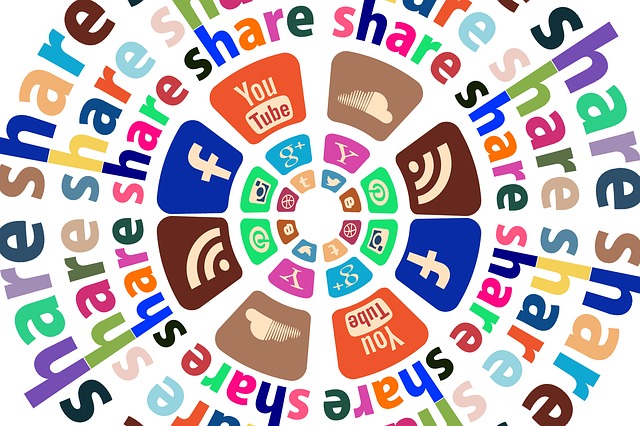You can use your social media network for many things. You can use it for distraction, for entertainment, for socializing and for distraction (Sorry, somebody just liked something while I was writing that). The big question is, can you use it for educational purposes as well?
A lot of people will say ‘no’ and call it a ‘tool of the devil’ or something similar. That might just be a knee-jerk reaction to newer technologies, however. After all, people have expressed fears for technologies as trains and the telegram.
 It allows students to not just learn but also teach
It allows students to not just learn but also teach
If used correctly, social media sites can be created where students can collaborate with each other. This is great for all the students, as those students that are stumped by a part of the assignment can use these places to get advice on how to proceed and thereby stay caught up and not need extra tuition.
What’s more, often the response by their fellow students will be far faster than that by a teacher. After all, there are so many more of them so chances are good somebody with the right answer will answer the question quickly.
That’s only one side of the coin, however. The other side is that the students that do the helping end up benefiting tremendously as well. They not only learn the subject matter better (teaching is a great way to learn) but they’ll also gain in self-confidence, gain social standing and hopefully gain a passion for the teaching process.
That’s something we could use more of, don’t you think?
So how do you promote that?
Well, there are a lot of ways that you can. Here are a few of the ones that I’ve found worked best:
Create a Facebook group. Okay, there are hipper social-media platforms. The only problem is that not everybody is necessarily on those. Facebook doesn’t have that problem. Nearly everybody is on there. So, create a Facebook group for the sharing, commenting and asking questions.
As long as you define the rules clearly (pin it to the top so that everybody can see it) it will be conducive to the learning process and help everybody in the classroom get along. 7
Build a Reddit group. A similar strategy that can work well is by building something on Reddit. This is an an-easy-to-join website that has high functionality. It also has an active user base, quick load times and allows posts to be fired (or tagged) based on what they’re about, which can make organization easier.
Youtube presentation. What if, instead of making people present in front of a classroom you let them mount their presentations on youtube instead? In this way, those people that are shyer might be able to shine, while it also allows students to edit, review and reconsider what they’re doing. This means they’ll have far more creativity and control.
What’s more, their material will be available for posterity, meaning you can use exceptionally good ones for other classes and they can point to them when applying to universities or other places.
Blog about it. Alternatively, if you can have students create blogs. They don’t have to be public blogs. Instead, it can be the student’s choice who gets to see it (of course, you should be in that circle, at least as long as they take your class).
There they can put up their thoughts, their assignments and everything else related to the class. That will allow them to create a far more cohesive picture and will make it far easier to keep all their work in one place.
And that will allow you to make sure that their work is all their own and they aren’t using something like WritingDaddy every so once in a while.
Get them on Twitter. They don’t even have to take an active part on twitter to gain from it. A lot of experts in the field use twitter to discuss new developments in their fields, which can be hugely useful for your students to know.
The thing is, twitter is a little bit more finicky than other platforms. And so, your students will benefit tremendously if you show them the ropes and how to research the correct hashtags.
Podcast! Whether you’re doing the podcasting or they are, it’s a great tool to get them talking and listening. I think the biggest element is that there is no visual element. That means that the students can just focus on what they’re saying, instead of what they’re doing with their hands and how big that pimple is.
As an added bonus, here too they can get some editing experience and in that way get to grips with how information can be cut up and put back together. That’s useful knowledge to have.
Last Words
The truth is, social media is here and it’s going to be around for a while to come. That means that if you try to fight it, you’re on the wrong side of history. Just look at the people that tried to repress the printing press!
Instead, embrace the technology and make it a part of your lesson plan. This will allow you to work with the force, making your classes more interesting, your material more memorable and your students more engaged.
Yes, there is a learning curve. The thing is that it’s a learning curve that will benefit you tremendously in the long run, as you’ll not just get to make better classes, but they’ll be easier to put together to boot.

